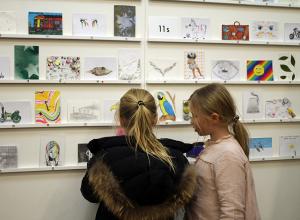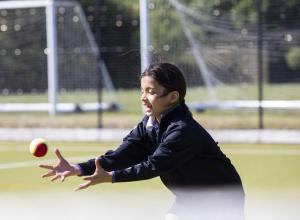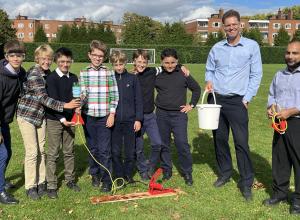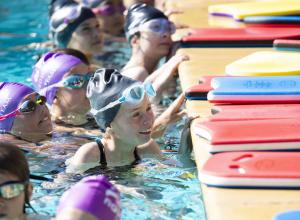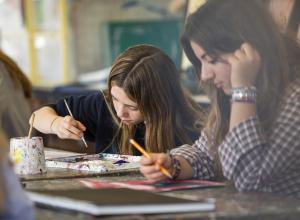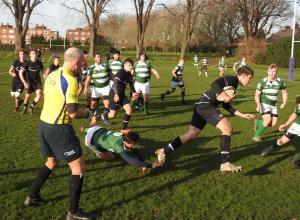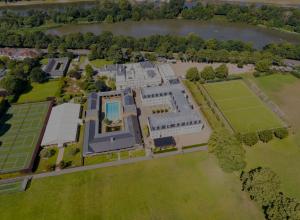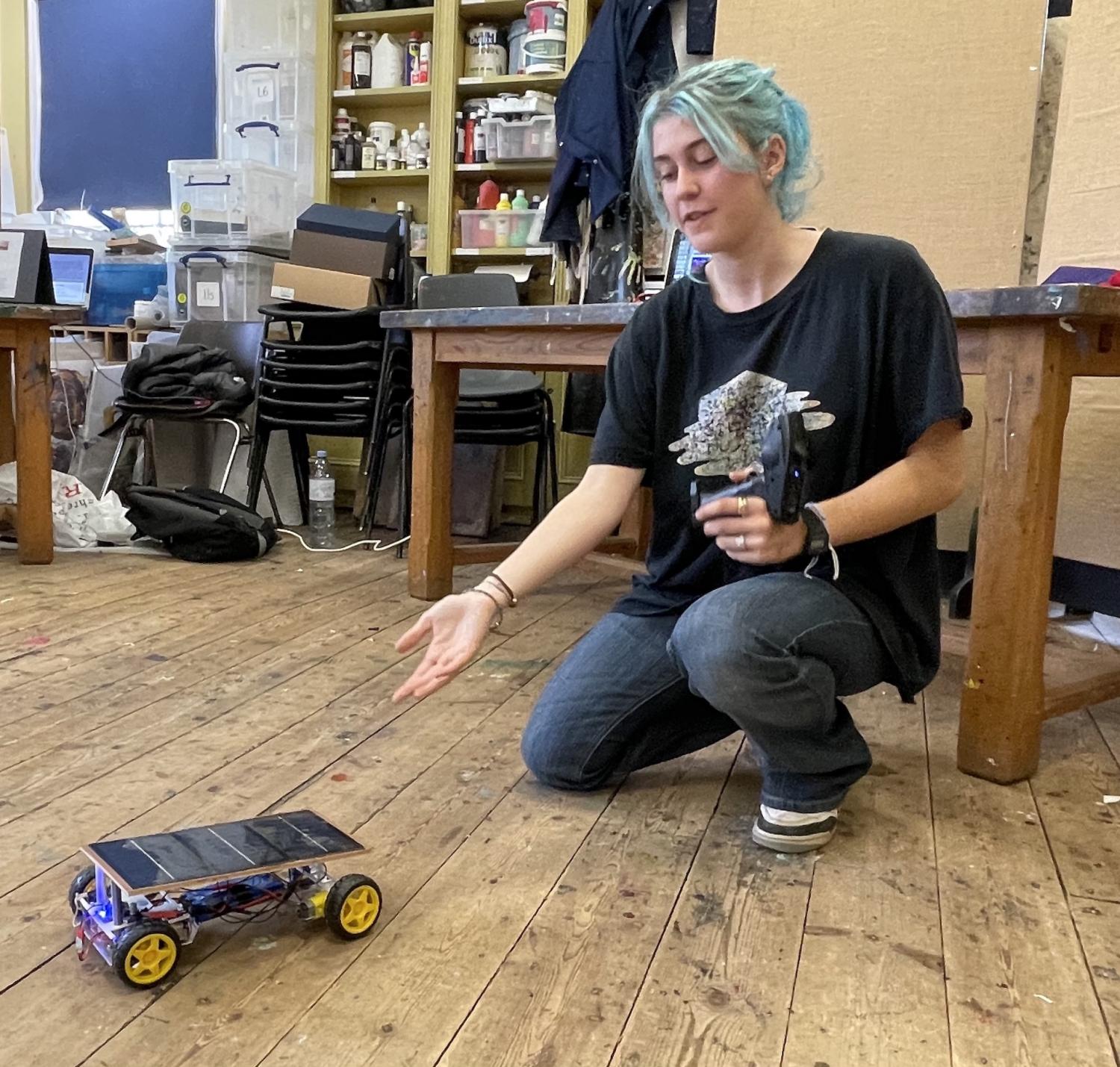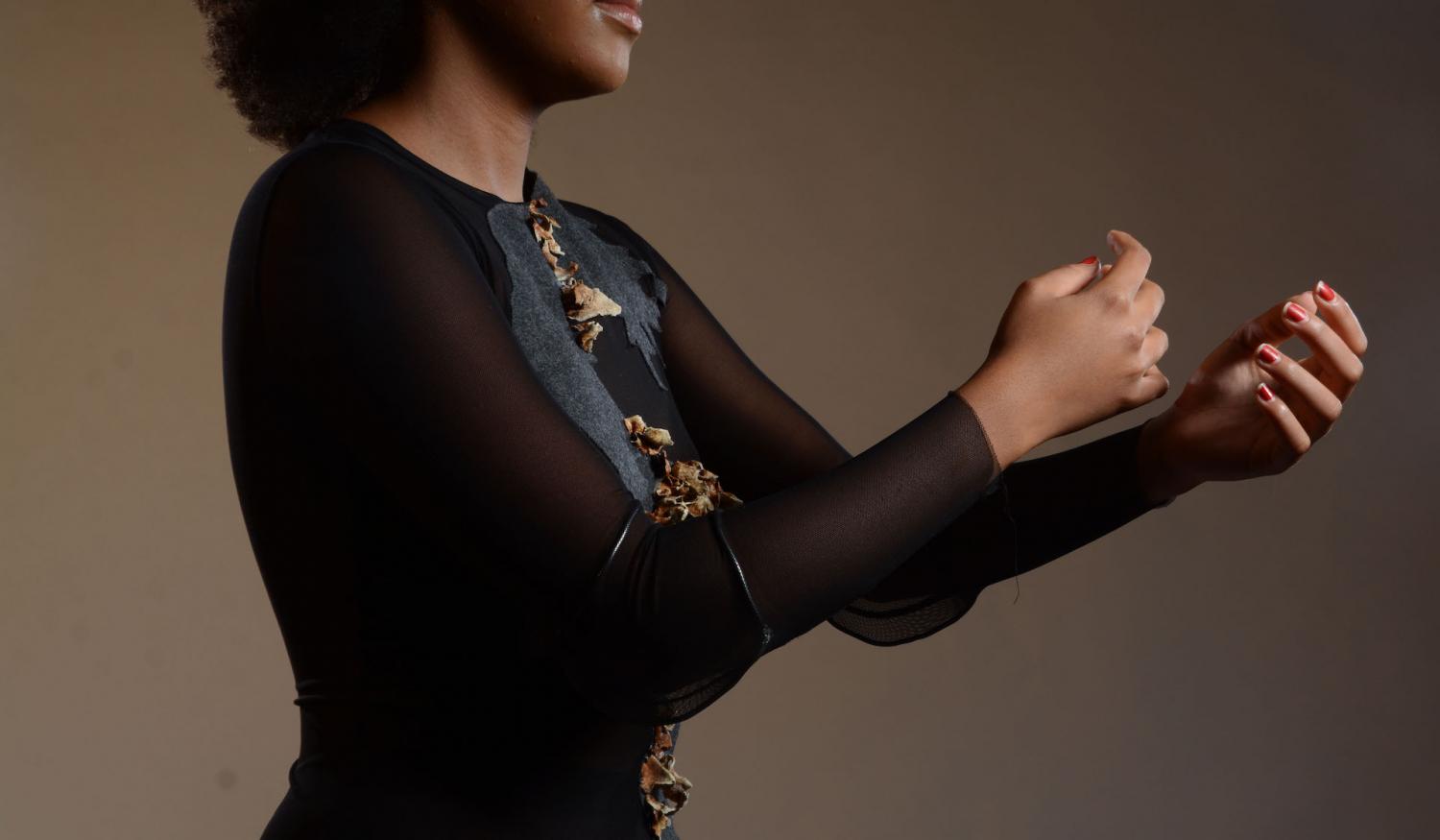
Harrodian Sixth Formers have come up with some exciting EPQ projects this year. Here Andy Nowell explains what EPQ is and two students showcase their work
What do a solar-powered model car, a clothes collection inspired by the planet Mars, above, and a podcast that examines Van Gogh’s Starry Night through the lens of Platonic philosophy have in common? The answer is that all three projects were undertaken this year by Harrodian Sixth Formers as Extended Project Qualifications – EPQs, for short – as standalone submissions alongside their A Levels.
Launched in 2006, the EPQ is a voluntary option at Harrodian which is notionally worth 28 UCAS points – half that of an A Level. Generally, universities don’t accept EPQ for points – but some universities will lower their offers. One way or another, the reputation of EPQ as a prestigious ‘added value’ qualification continues to grow and it’s not hard to understand why.
For one thing, the project-based format encourages adventure and free thinking. Alongside submissions of extended essays, almost any media output is permitted for the project. This year's crop of textiles, vehicles and digital broadcasts is typical of a Harrodian EPQ output which has also included play performances and novels.
Students are required to design their own project, think for themselves, make their own decisions, and solve their own problems.They learn an enormous amount by not having their hands held.
Andy Nowell, Harrodian EPQ Supervisor
EPQs are also a genuine test of practical skills as well as theoretical ones. ‘There’s obviously no curriculum or teaching and while we provide specialist mentors, students largely work independently.’ explains Andrew Nowell, Harrodian EPQ Supervisor (and Head of History). ‘Students are required to design their own project, think for themselves, make their own decisions, and solve their own problems,' he says. 'They learn an enormous amount by not having their hands held at every stage’.
Assessment of progress is meticulous and rigorous, with 20 per cent of marks given for planning, 20 for research, 40 for the ‘product’ itself and the remaining 20 for explaining and evaluating what students have done and why.
Despite the extra work, Mr Nowell is in no doubt of the EPQ’s value as a learning experience. ‘You need genuine passion, ambition and commitment to undertake a project like this as well as a readiness to jump in the deep end and to learn to swim as you go,’ he says. ‘But the experience really does teach you how to get stuff done.’
Grace: Radio-controlled, solar-powered vehicle
Grace admits that when she settled on building a solar-powered car as her EPQ project, the process really did start with a blank sheet of paper. ‘I knew I wanted to build a product using renewable energy and eventually I settled on a car, but I had no idea how to do it,’ she admits. ‘But in a sense that was the whole point.’
I knew I wanted to build a product using renewable energy and eventually I settled on a car, but I had no idea how to do it. But in a sense that was the whole point.
Grace, Harrodian Sixth Former
‘Doing it’ has led Grace on a roller coaster research, development and manufacturing journey. Over past months she has submersed herself in Radio controlled cars, solar circuitry and batteries, materials and motors and 3-D printing, synthesizing it all into the production of a neat and elegant minimal car whose functionality she demonstrates by piloting it calmly around the floor of the art room with her remote control.
Always strong academically since her arrival at Harrodian in the PP2s, Grace says she is a latecomer to STEM. ‘I was thinking of Drama and History for A Levels,’ says the Sixth Former who, at the age of ten, won the Harrodian competition to create an artwork commemorating the First World War, which still adorns the pediment of the Science block, below. ‘But five months of lockdown gave me the chance to fall in love with Physics and then my teachers urged me to try Further Maths.‘
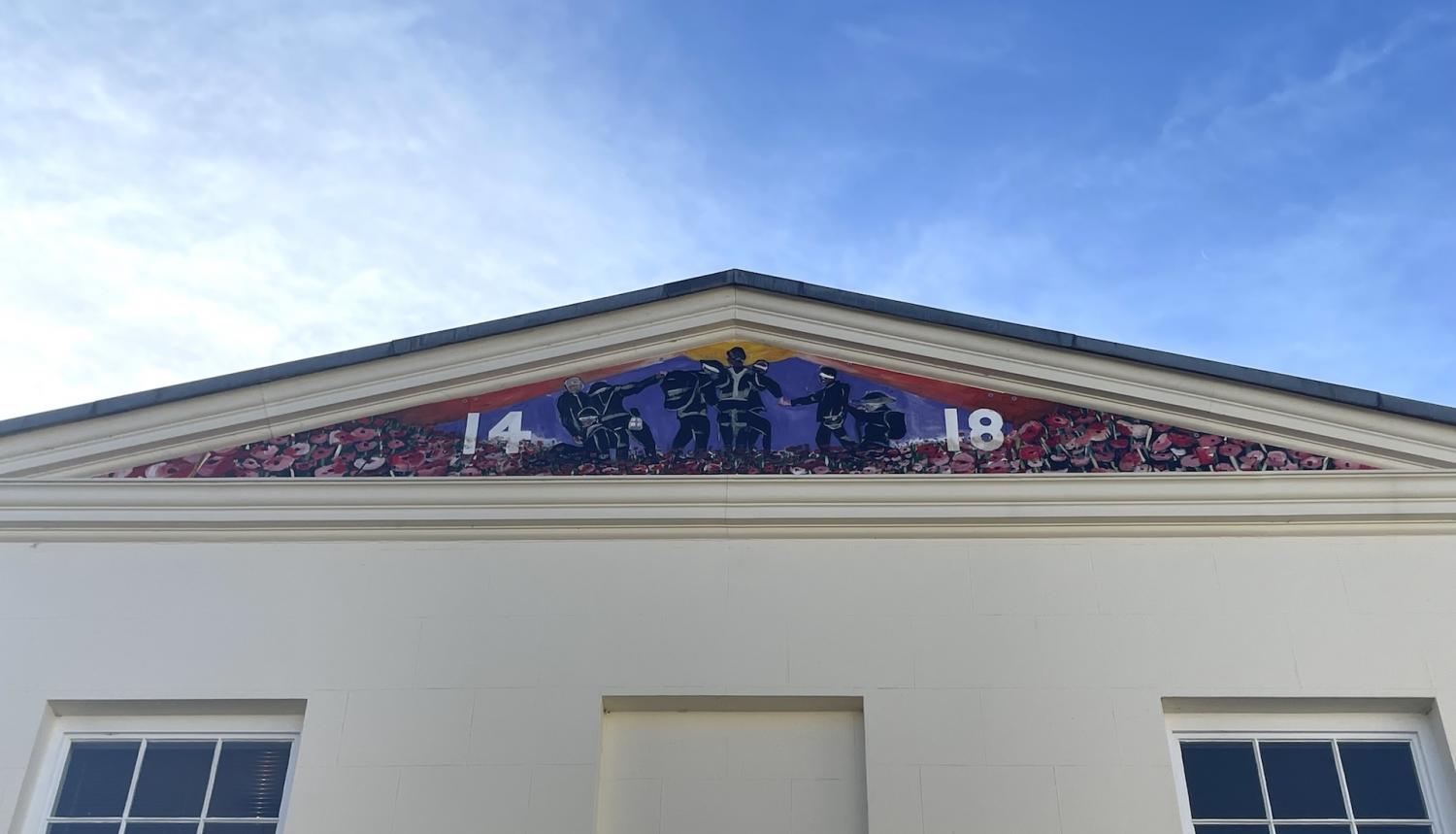
Her EPQ experience has provided new focus for this new-found passion alongside A Levels in Maths, Further Maths, Physics and Chemistry. ‘I think I’ve always had the desire to be an inventor,’ says Grace who has settled on an Electrical Engineering degree as the next step on her journey. ‘Making the car has given me a sense of some of what that might involve.’
Sebastian: Philosophy and Art Podcast
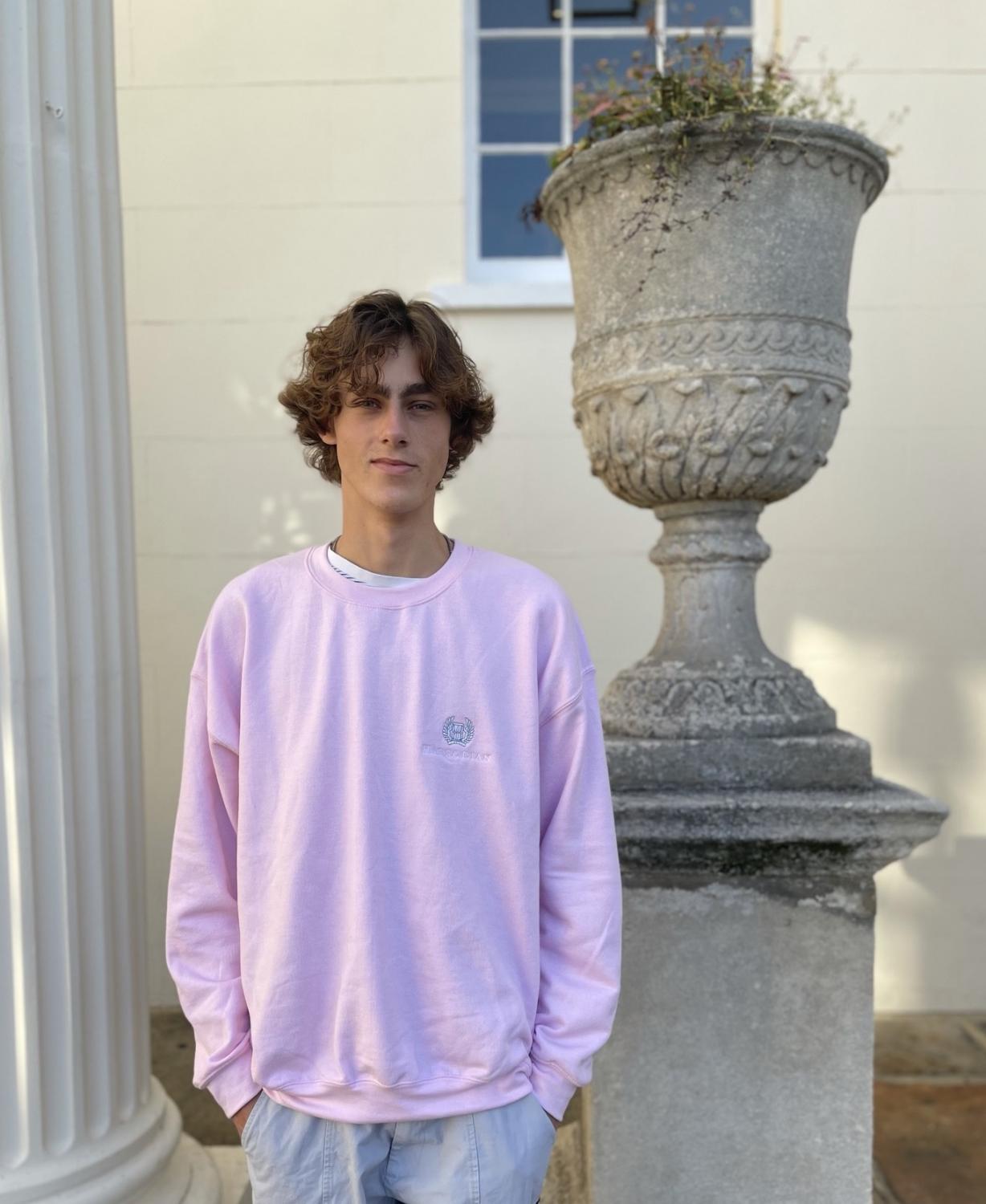
Sebastian is studying Philosophy, Media and Business at A Level but there’s no doubt which of these subjects is his favourite. ‘I love Philosophy,’ says Sebastian, who has already decided to study the subject at degree level. ‘It’s all about the hunt for answers to the big questions we face. That can take you to very difficult places, but I really enjoy the hunt.’
Philosophy is about the hunt for answers to the big questions we face. That can take you to very difficult places, but I really enjoy the hunt.
Sebastian, Harrodian Sixth Former
His choice of EPQ topic took Sebastian back to the book – a gift from his grandmother– that first ignited his philosophical passion: Iris Murdoch’s The Fire and the Sun, a book that examines why Plato set out his hostility to art by banishing poets from the ideal society he envisaged in his philosophical treatise The Republic.
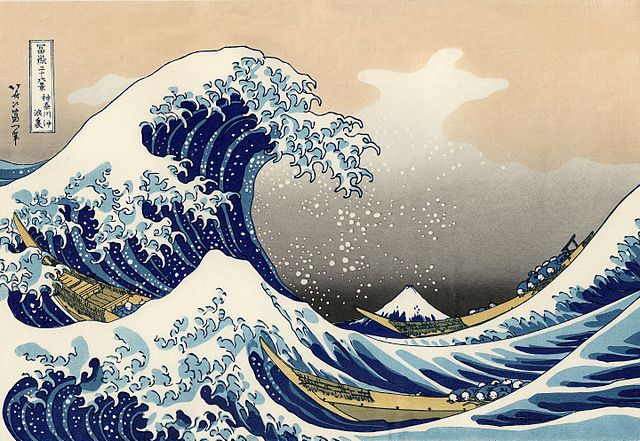
Sebastian decided to research Plato’s ideas on art in detail and to compare them with those of the German philosopher Immanuel Kant. Instead of an essay, he chose the modern medium of the podcast as the forum in which to explore the ideas. His finished EPQ, a podcast entitled The Thinker, features two recordings in which Sebastian joins different art experts to discusses two famous paintings – The Great Wave off Kanagawa by Hokusai and Starry Night by Van Gogh – the first from a Kantian perspective and the second from a Platonic one.
Sebastian admits this turned out to be a quite a challenge. ‘It was one thing researching the philosophical texts but quite another to look into the Art History which was completely new to me,’ he admits. Then there was the small matter of mastering the technology of podcasting from scratch, scripting, steering and editing the discussion and publishing it. But even though the process was intense, Sebastian has no regrets about taking on something so ambitious. ‘It’s given new depth to my understanding of Kant and Plato and at the same time opened up art as an area for question that I’d never even considered – how can we really put a value on art for example? It’s definitely been worth it.’
Listen to Sebastian's The Thinker podcasts by following this link
Mia: Mars-inspired garments collection
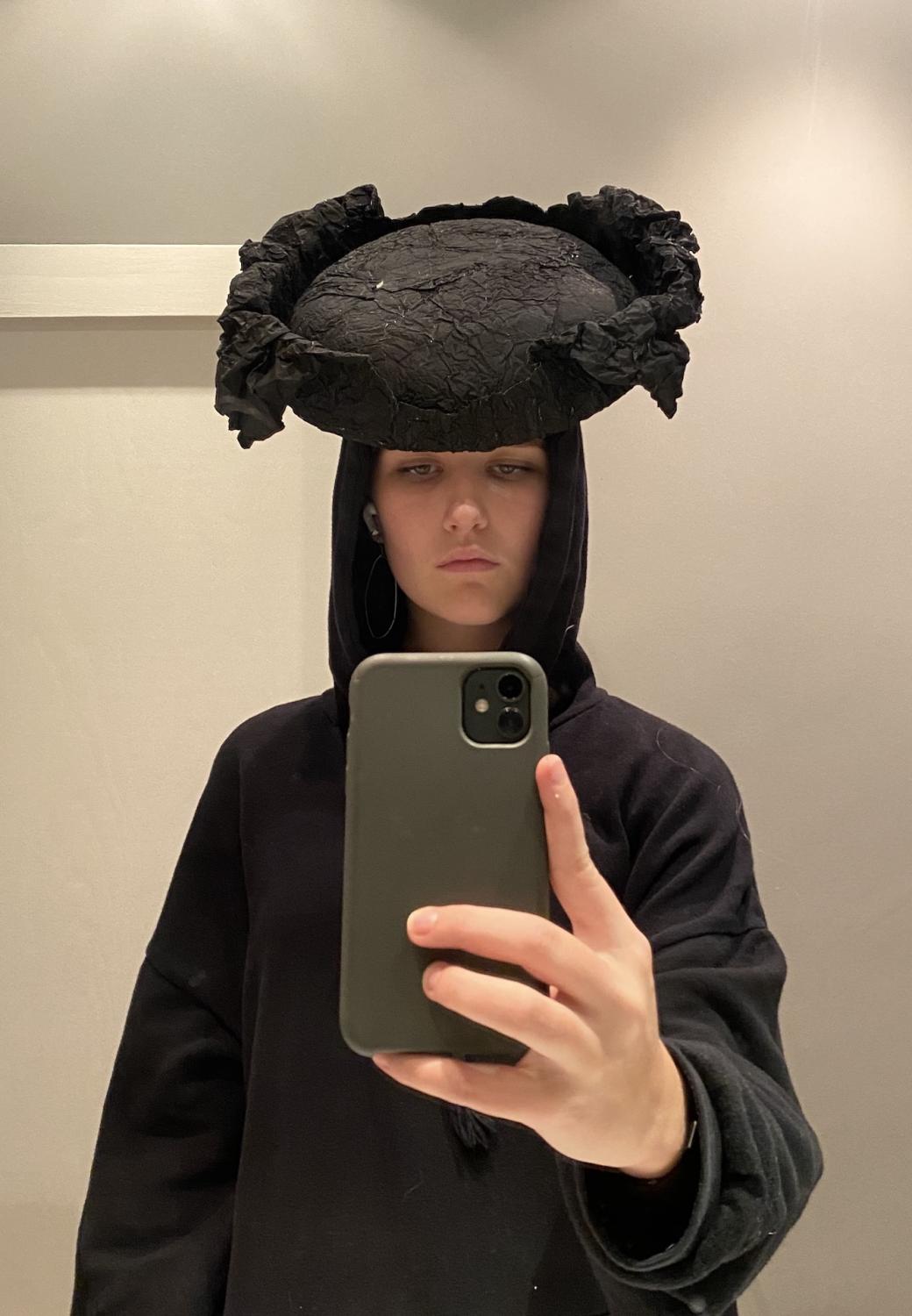
The most appealing things about the EPQ scheme for Sixth Former, Mia (shown above snapping her Fabric of Mars hat), was the freedom it offered for artistic expression by comparison to the inevitable constraints of the A Level curriculum. 'My work is about pushing boundaries of forms and materials so it's a bit inhibiting if you always have to work within the confines of a strict curriculum and mark scheme,' says Mia who is also studying History of Art and Economics at A Level. 'But in my EPQ project I was able to work in a freer way.'
I wanted to focus on innovative, avant-garde fashion and in doing so represent an area I knew little about because science is the future
Mia, Harrodian Sixth Former
Mia’s EPQ Project, certainly lacks nothing in ambition and scope. Fabric of Mars, as it is called, is a collection of garments which ‘aim to bring awareness of and to the future of Mars exploration. They use both the geographical features and the core minerals of the ‘Red Planet’ as sources that feed into and inform the manufacturing process of the textiles used and the design of the garments.
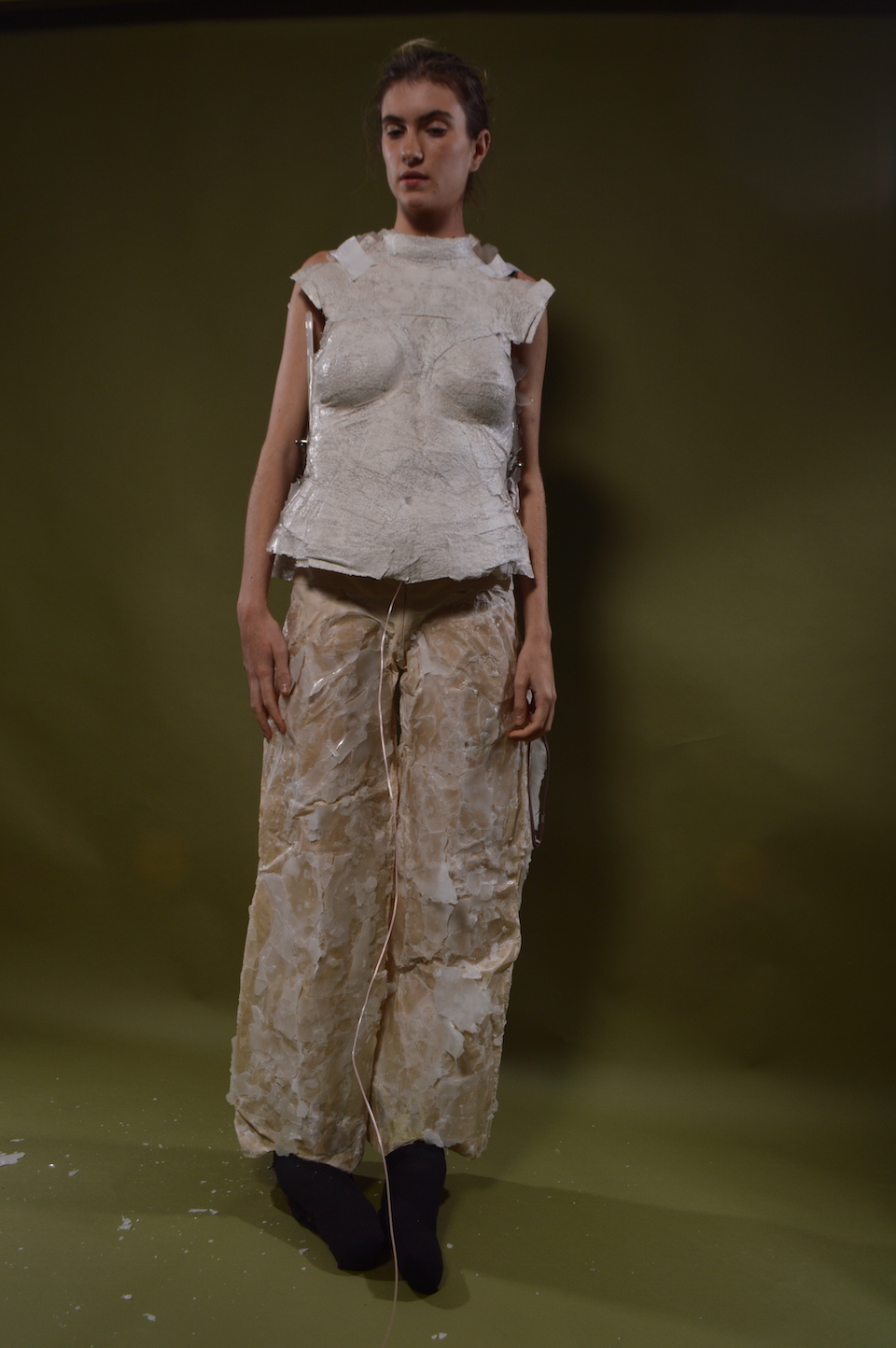
Mia's extensive collection – including tops, trousers, jackets, hats and shoes – emerged from in-depth research that brought together eclectic sources. Her inspiration included everything from official reports of the geography and geology of Mars and information on space suits gathered from NASA’s official website, investigation of biomaterials and fungus-based fabrics that could be grown on Mars and her wide-ranging exploration of the work of future-minded designers.
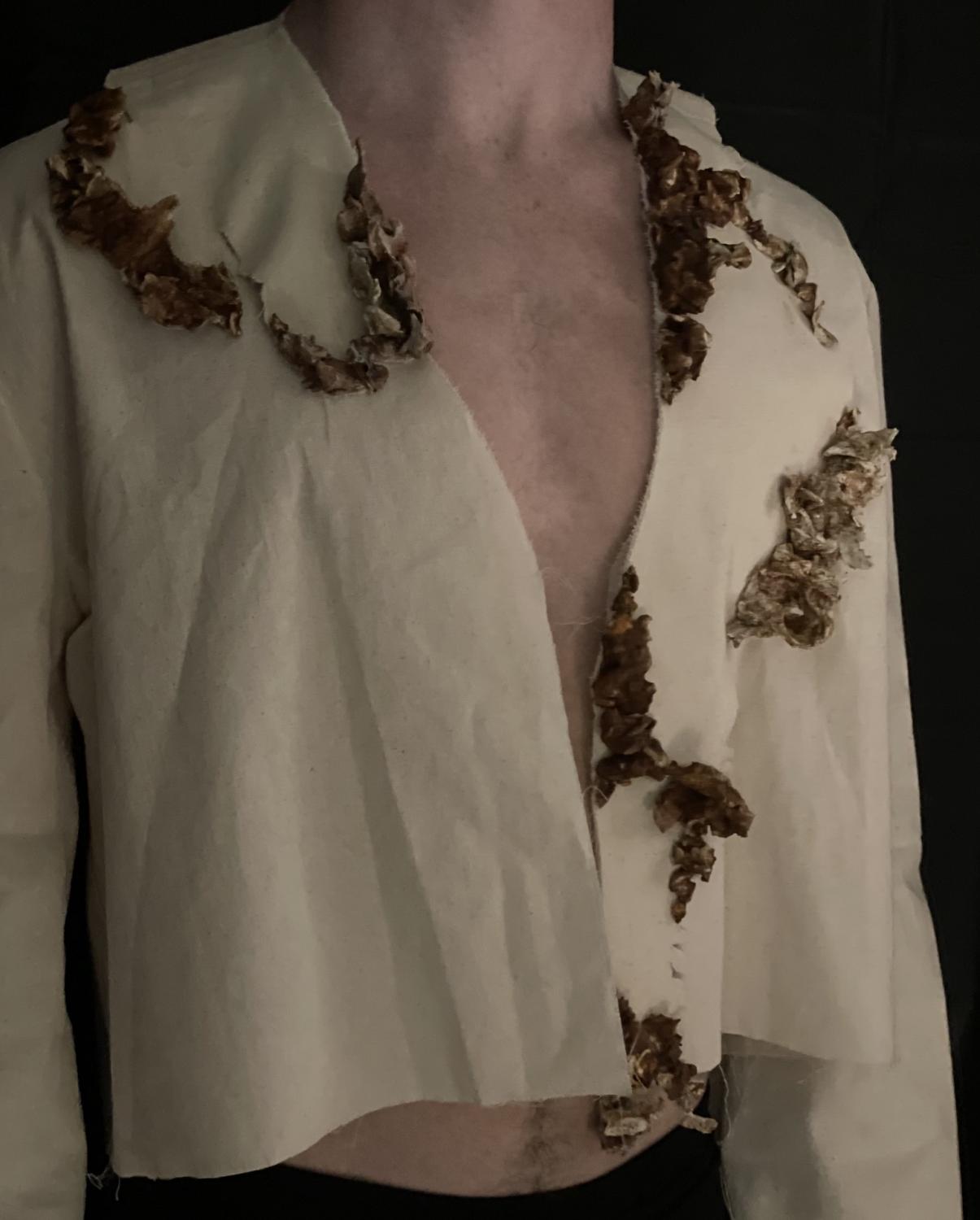
‘I wanted to focus on innovative, avant-garde fashion and in doing so represent an area I knew little about because science is the future,’ says Mia. The results are as visually exciting as they are thought-provoking.

